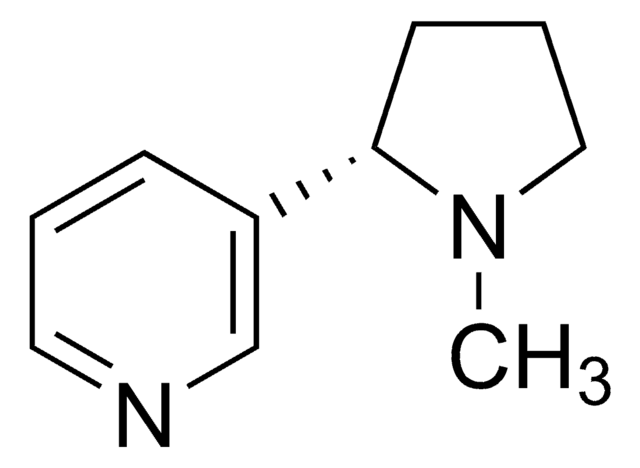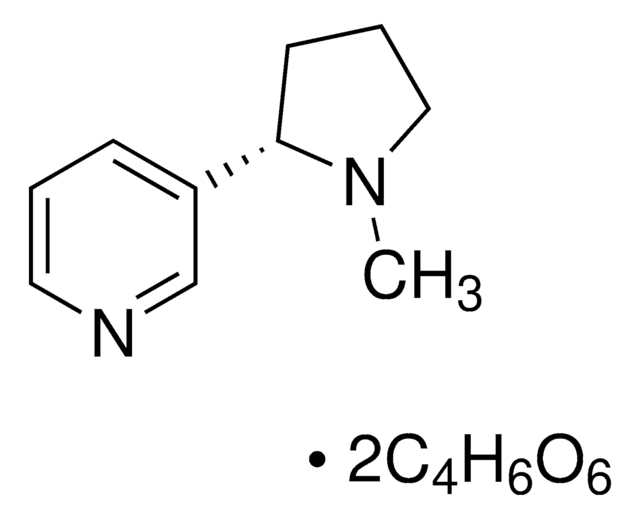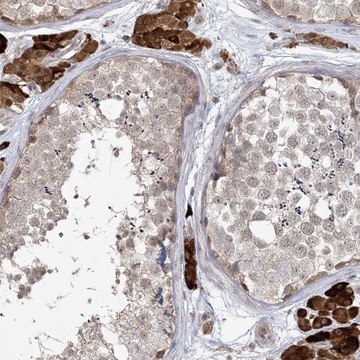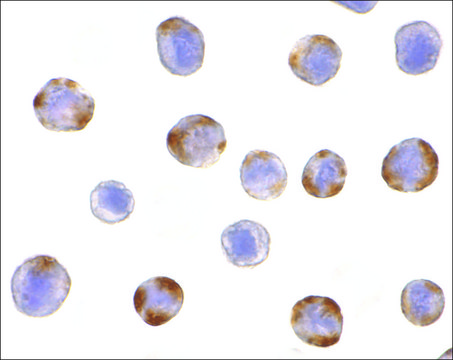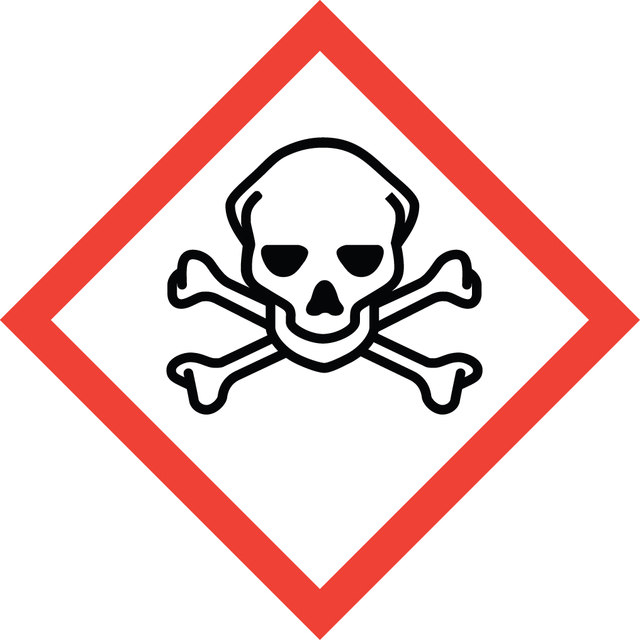612022
Nicotine solution
2 mg/mL in chloroform-d (99.8 atom % D), TMS 0.05 %, NMR tube size 5 mm × 8 in.
About This Item
Recommended Products
grade
analytical standard
Quality Level
composition
TMS, 0.05%
concentration
2 mg/mL in chloroform-d (99.8 atom % D)
technique(s)
NMR: suitable
NMR tube size
5 mm × 8 in.
suitability
suitable for NMR (reference standard)
format
single component solution
Looking for similar products? Visit Product Comparison Guide
Related Categories
1 of 4
This Item | HPA036438 | PRS2513 | PRS4231 |
|---|---|---|---|
| conjugate unconjugated | conjugate unconjugated | conjugate unconjugated | conjugate unconjugated |
| biological source rabbit | biological source rabbit | biological source rabbit | biological source rabbit |
| antibody form affinity isolated antibody | antibody form affinity isolated antibody | antibody form affinity isolated antibody | antibody form affinity isolated antibody |
| Quality Level 100 | Quality Level 100 | Quality Level 100 | Quality Level 100 |
| storage temp. −20°C | storage temp. −20°C | storage temp. −20°C | storage temp. −20°C |
| UniProt accession no. | UniProt accession no. | UniProt accession no. | UniProt accession no. |
General description
Quantity
Each pack contains 10 tubes.
signalword
Danger
Hazard Classifications
Acute Tox. 3 Inhalation - Acute Tox. 4 Oral - Carc. 2 - Eye Irrit. 2 - Repr. 2 - Skin Irrit. 2 - STOT RE 1 Oral - STOT SE 3
target_organs
Central nervous system, Liver,Kidney
Storage Class
6.1D - Non-combustible acute toxic Cat.3 / toxic hazardous materials or hazardous materials causing chronic effects
wgk_germany
WGK 3
flash_point_f
Not applicable
flash_point_c
Not applicable
Choose from one of the most recent versions:
Certificates of Analysis (COA)
It looks like we've run into a problem, but you can still download Certificates of Analysis from our Documents section.
If you need assistance, please contact Customer Support
Already Own This Product?
Find documentation for the products that you have recently purchased in the Document Library.
Articles
We present an article about how proliferating cells require the biosynthesis of structural components for biomass production and for genomic replication.
Our team of scientists has experience in all areas of research including Life Science, Material Science, Chemical Synthesis, Chromatography, Analytical and many others.
Contact Technical Service
